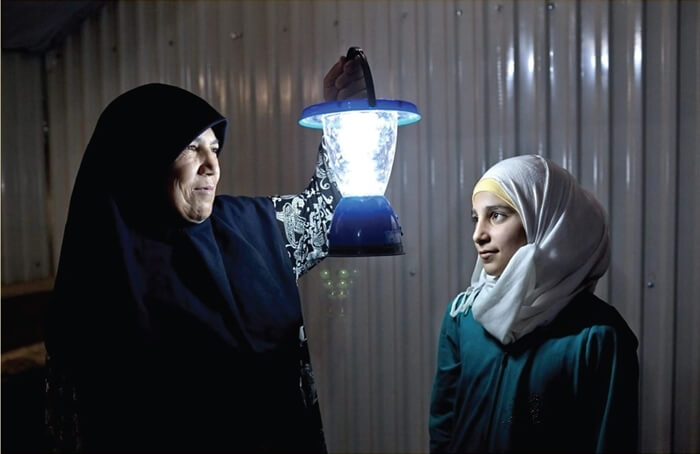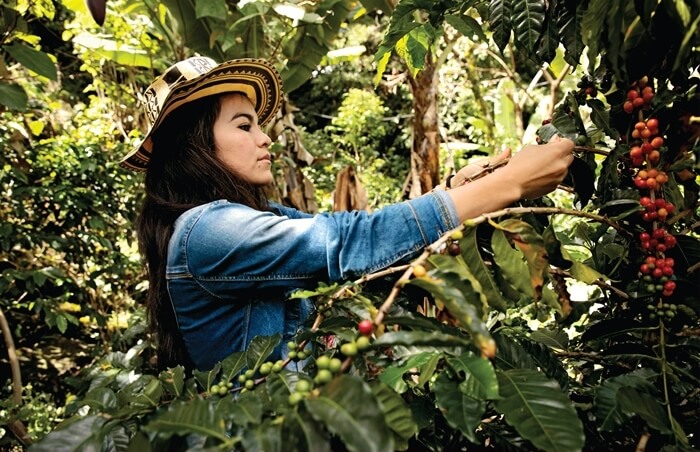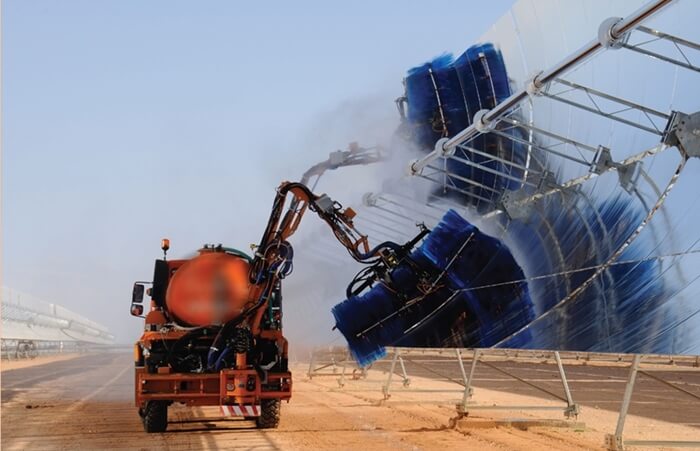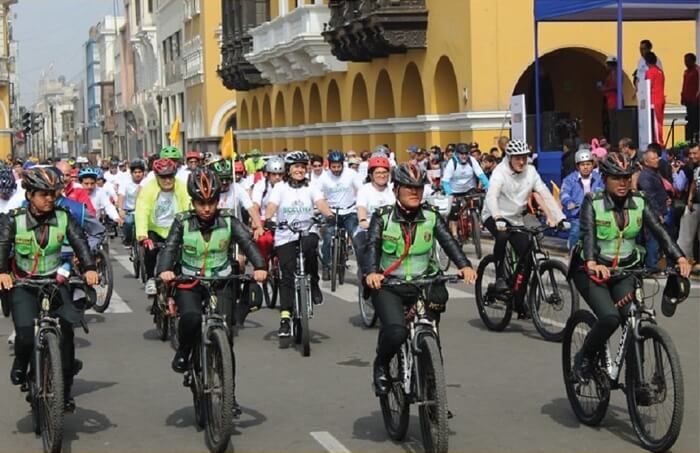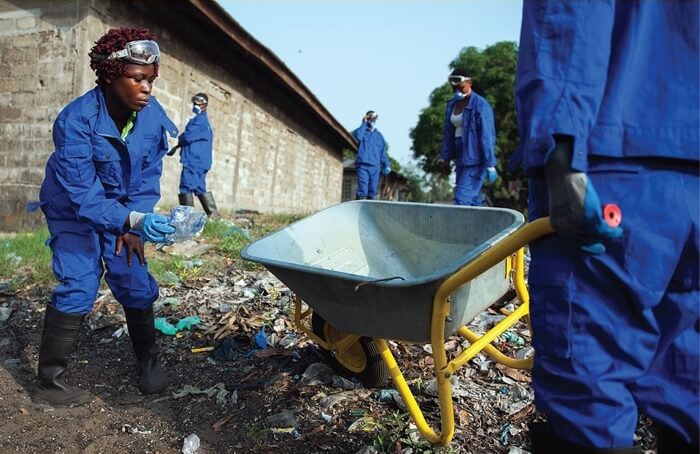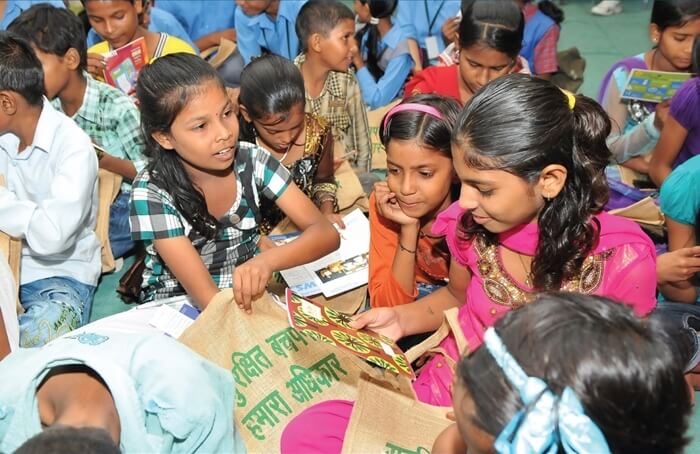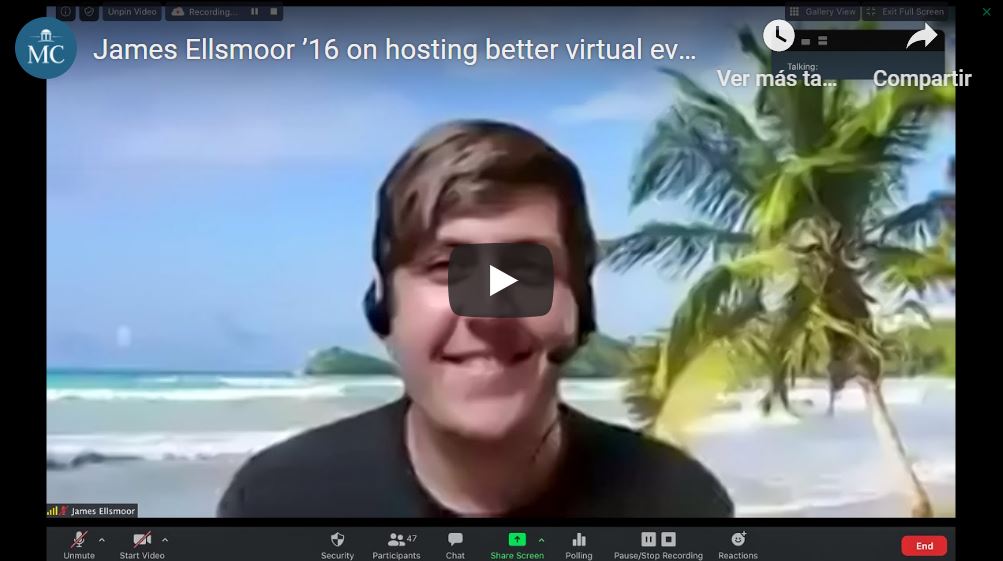As part of the #workforhumankind project by Lenovo and Island Conservation, I’ve been lucky enough to live on, work from and work for one of the world’s remotest islands – Isla Robinson Crusoe, off Chile in South America. Hiking, camping, kayaking and snorkelling, I’ve experienced volcanic rock formations, red soil deserts I could only imagine on Mars, hundreds of years old forests that evolved in isolation, stunning umbrella-like pangue that collect water on rainy days, the endangered red Juan Fernandez Firecrown hummingbird, and the endemic Juan Fernandez Fur Seals that bounced back from extinction.
Given the island’s wild beauty, it’s no surprise that the small island community feels a deep connection with nature and the urge to protect it. Indeed, 97% of the Juan Fernandez Archipelago, of which the island is one part, is a protected national park!
As part of the Work For Humankind project, I was invited to present my work on storytelling and sustainable tourism consulting to the mayor and municipality of Robinson Crusoe Island — and present my ideas for a more sustainable future for the island:
Robinson Crusoe Island currently runs 100% on diesel generators and is very keen to transition to cleaner energy. A similar volcanic island in American Samoa recently transitioned entirely to solar energy, thanks to what is now Tesla Foundation, so the technology already exists. Together with the Municipality of Juan Fernandez, I’m putting together a proposal and reaching out to potential organisations for technical and financial support to help the island transition to cleaner energy.
Using my recently acquired LCA (Life Cycle Assessment) skills, I’m doing a basic calculation on how the carbon footprint of one person on the island compares to mainland Chile.

Island Innovation is a social enterprise and digital media company at the intersection of sustainable development and communications, offering specialised services across various sectors. We bring together the private sector, government, utilities, NGOs and universities to advance innovation for sustainability and prosperity in islands worldwide.

